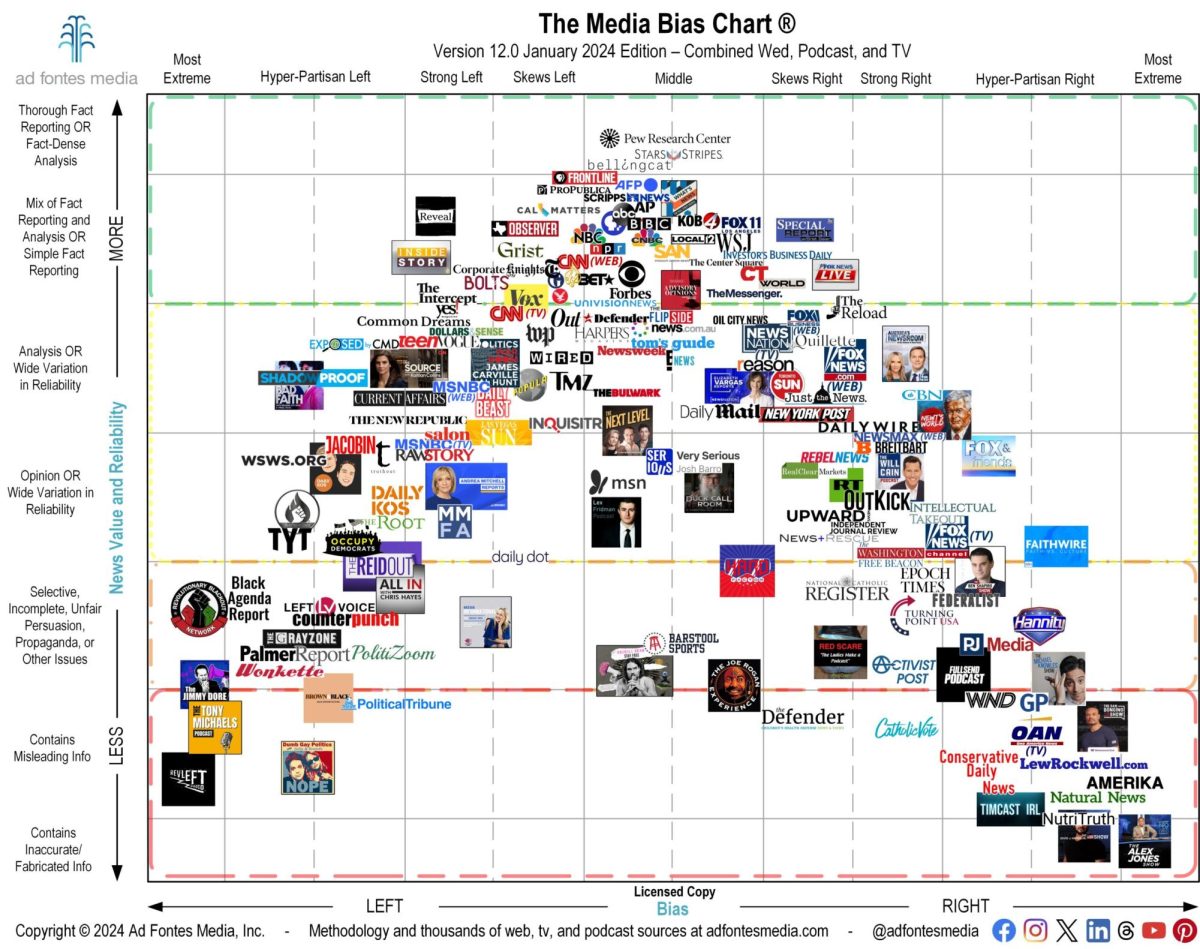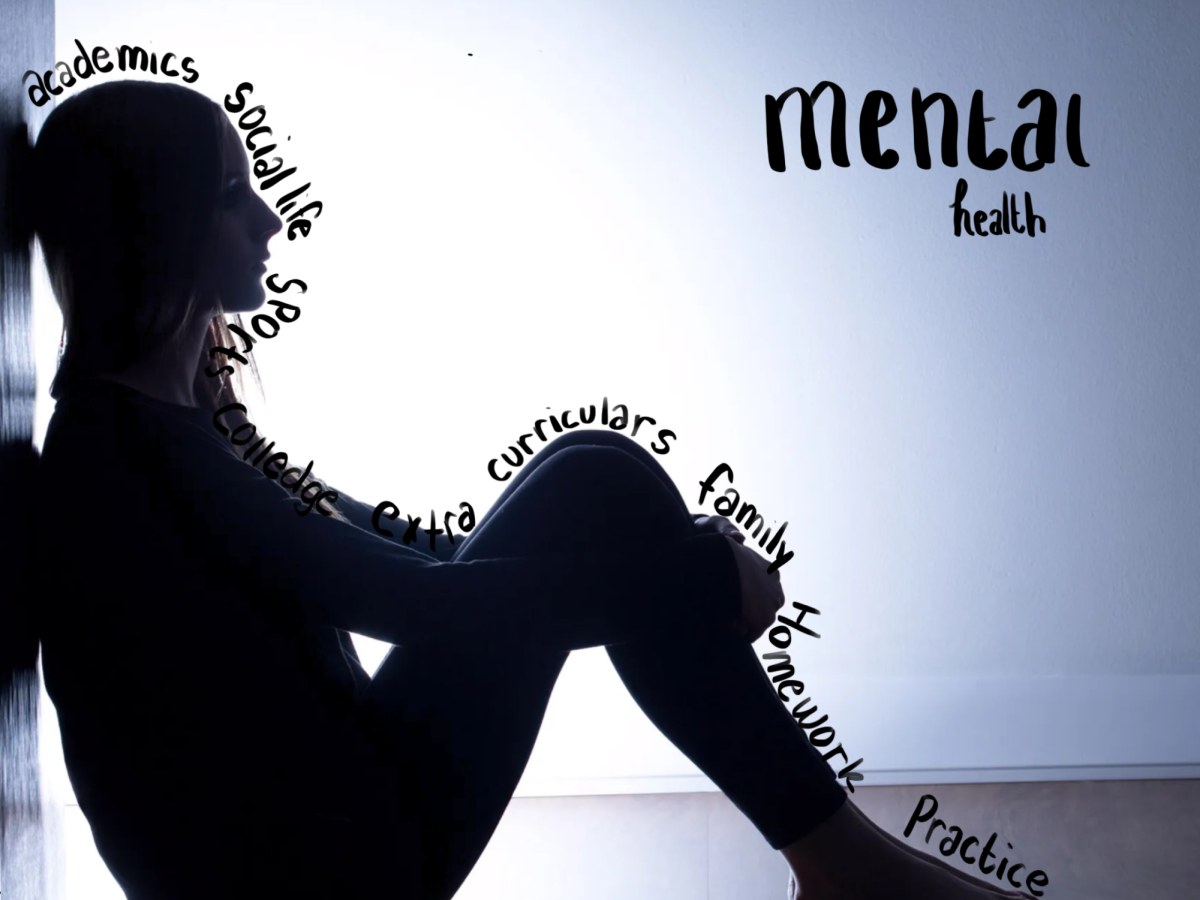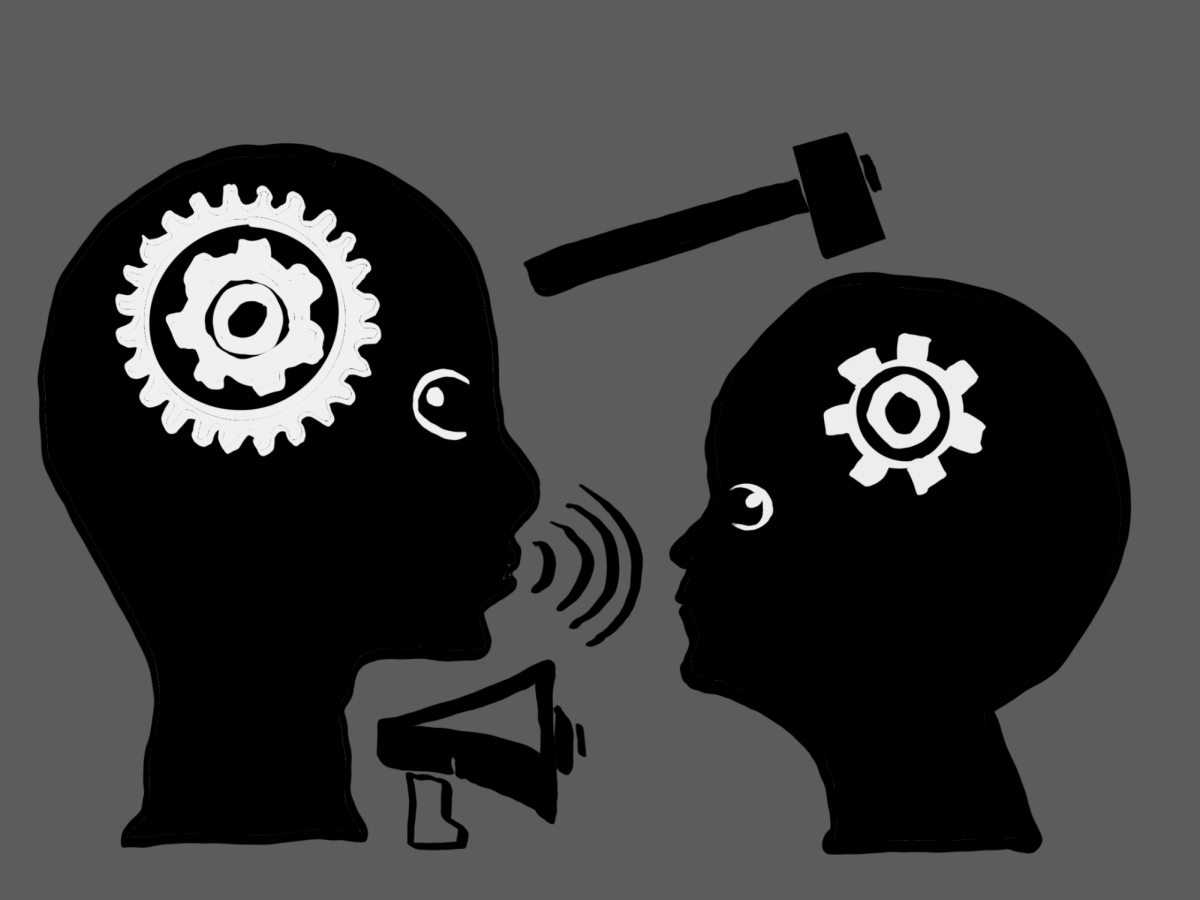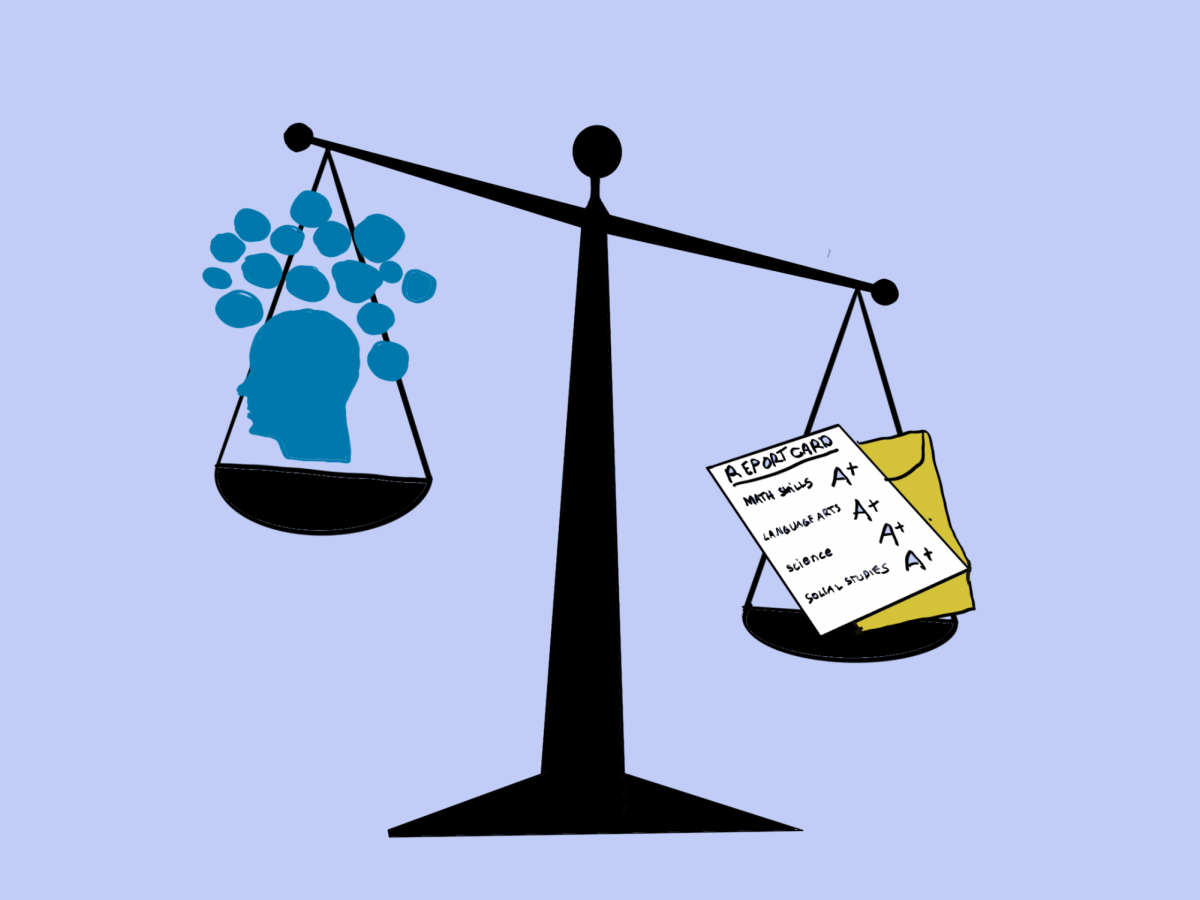Photos/ Lauren Culliton, Boston, MA

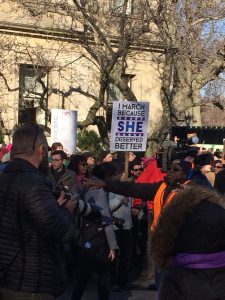

Photos/ Mikaela McSharry, Boston, MA
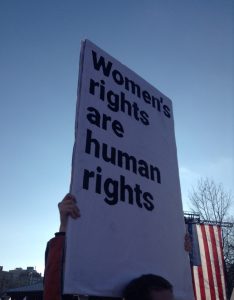
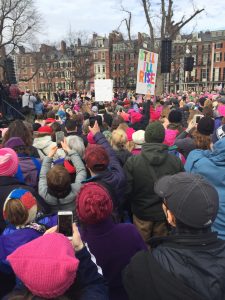
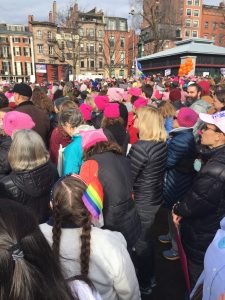


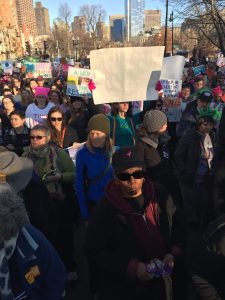
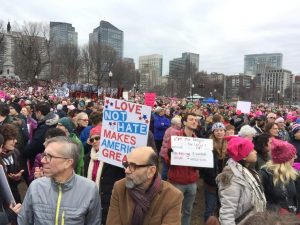
Over 5 million women congregated in cities worldwide with one sole purpose: equality. The Women’s March on Washington and its sister marches on Jan. 21, 2017 marked an important milestone in the fight for protection of current policies and the furtherment of society in regards to women’s rights, immigration reform, healthcare, LGBTQ rights, racial equality, and religious freedom. The march represented the largest one-day demonstration in US history, with over one million marchers in Washington D.C. alone. Something that cannot be quantified, however, is the lasting impact that these demonstrations will have on the country, and the world. Those who try to discredit the march fail to recognize the empowerment and inspiration behind the women, men, and children alike who got up that day to stand up for themselves and those who have been marginalized.
“I think it has been the downfall of the progressive movement in the United States that we have not figured out how to organize all the different progressive social justice movements into one intersectional movement,” said Linda Sarsour, one of four national co-chairs stated to Vogue Magazine.
The Women’s March on Washington works to achieve just that. The purpose behind the demonstration was not to upset a peaceful transfer of power but to advocate for human rights. Through unifying multiple movements, such as women, racial, LGBTQ, and religious rights, the march sought to strengthen the overall fight for a more accepting and justified world.
After the Women’s March, many took to Twitter and other social media outlets to share their opinions on the event. A common trend of the opposition was to call out marchers for, in their view, sending a pointless, disrespectful message towards the new president. The Women’s March mission statement says, “The Women’s March on Washington will send a bold message to our new government on their first day in office, and to the world that women’s rights are human rights.” Although the mission statement does recognize the political purpose of the march, the overall goal was to send a message about equality, not contempt.
The sad truth, however, is that President Trump’s rhetoric throughout the election made the anti-Trump aspect of the Women’s March unavoidable. The march itself was not focused on invalidating his inauguration, but rather the people of the United States making a public statement that we will not tolerate a misogynistic, racist, or islamophobic agenda. Those who call out marchers for not giving Trump a chance or for being disrespectful, fail to recognize the root of the issue: the fact that a march for equality inherently, and easily, could adopt anti-Trump sentiments points to the character of our president.
Since Trump did not win the popular vote, the country is in a unique position where we must demand that the government respond to our needs in order to preserve peace in our democracy: the Women’s March provides a first example of the people speaking up.
“The walk obviously doesn’t have influence over policy, but the turnout in Boston and all over the country did reach the goal of voicing dissent and showing solidarity,” stated Mikaela McSharry, a senior who attended the Women’s March in Boston.
Equality should not be a partisan viewpoint. Equality should not be Democratic versus Republican, left-wing versus right-wing, liberal versus conservative. Equality should not have a bias. At its core, a march intended for women and minority rights should not have had to take on such a political connotation.
“It was a lot different than a protest. It was all positivity there, no violence or negativity. And it really wasn’t focused on Trump, or being against him. It was more for women,” said Rachel Bagley, a junior who attended the Women’s March in Boston.
An undeniable fact is the lasting impact the worldwide participation in the Women’s March will have on the United States and the world. Aside from all of the political rhetoric, the number of women and men who gathered on Jan. 21 to stand up for equality and liberty represents the right foot forward to a progressive, accepting world. For those who attended, the experience of the walk was eye-opening.
“Every time I made eye contact with another marcher or the people watching the march from the sidewalk or their homes or the steps of a church, we knew that we supported each other and that we would fight for each other,” stated McSharry. “Especially after seeing the first week of Trump’s administration, it’s nice to look back and remember that nearly 200,000 people refuse to accept unjust policy and rhetoric without a fight.”






